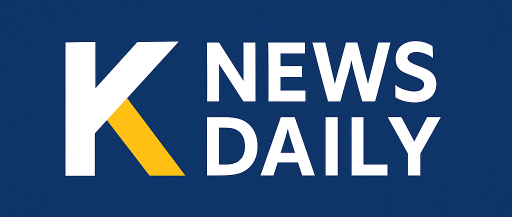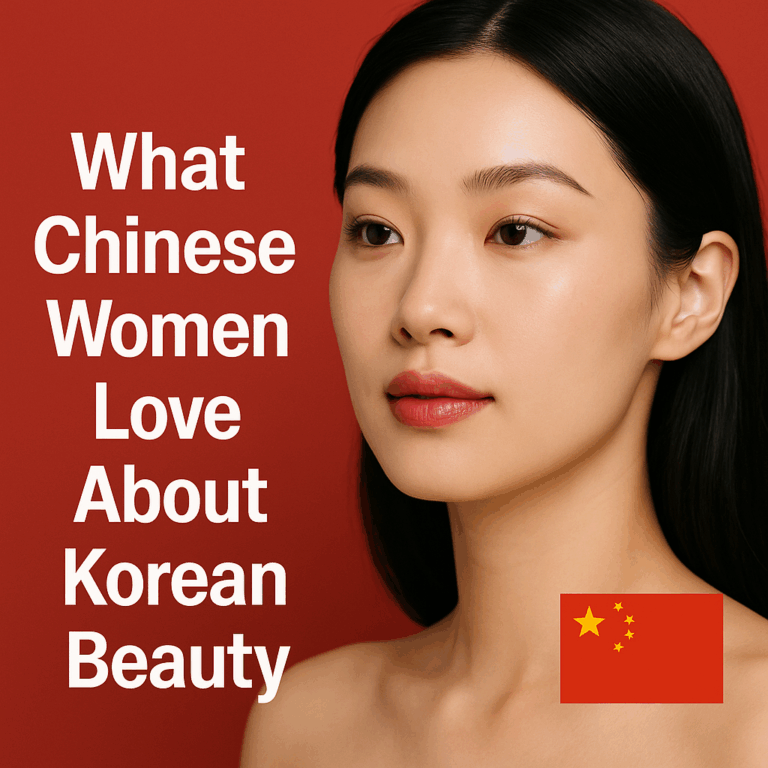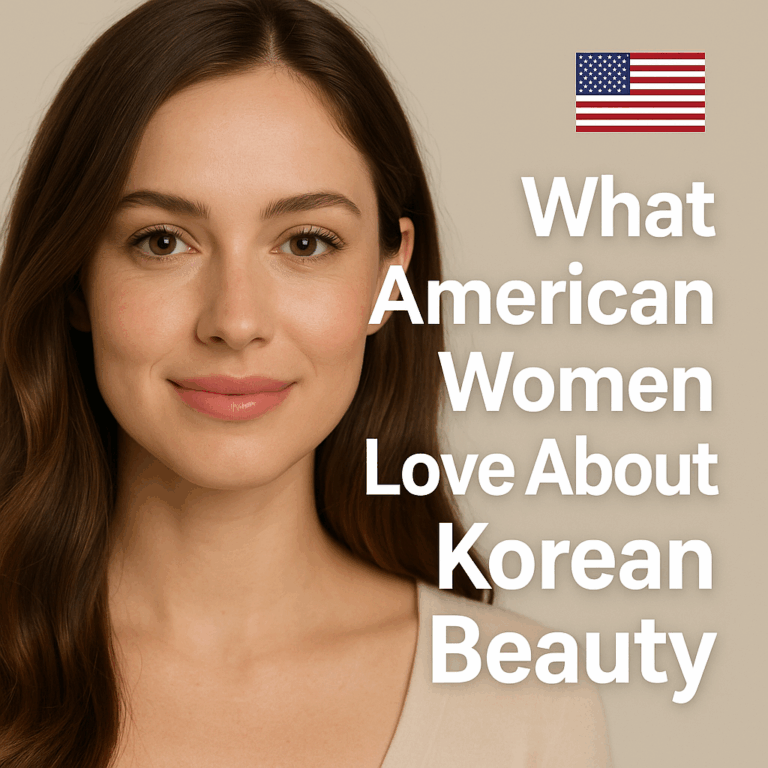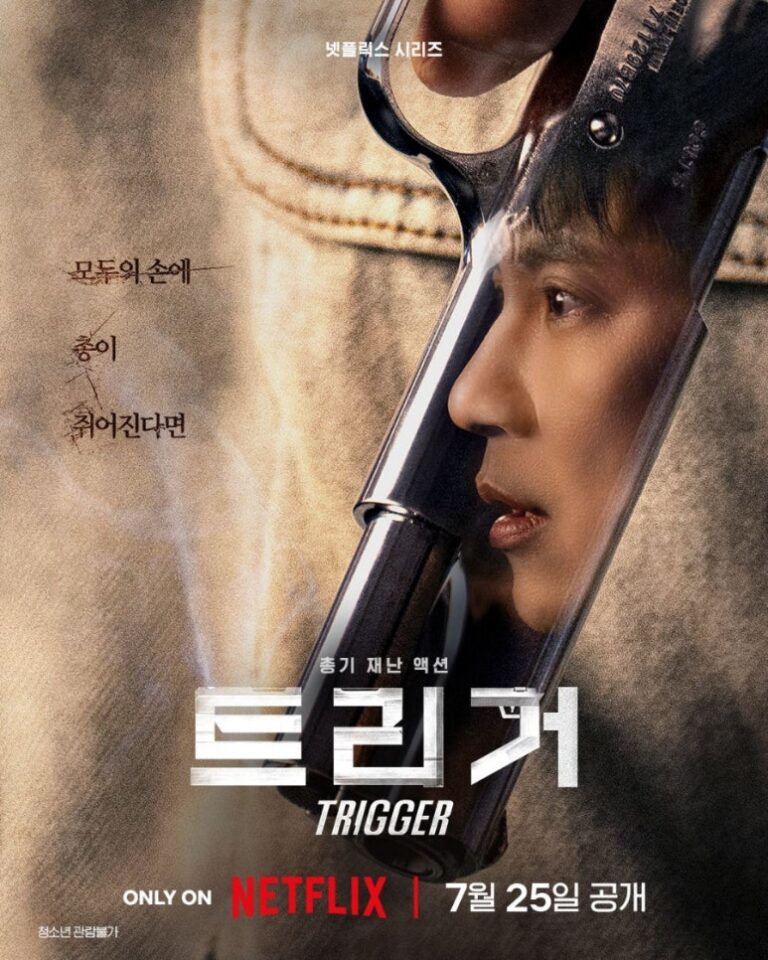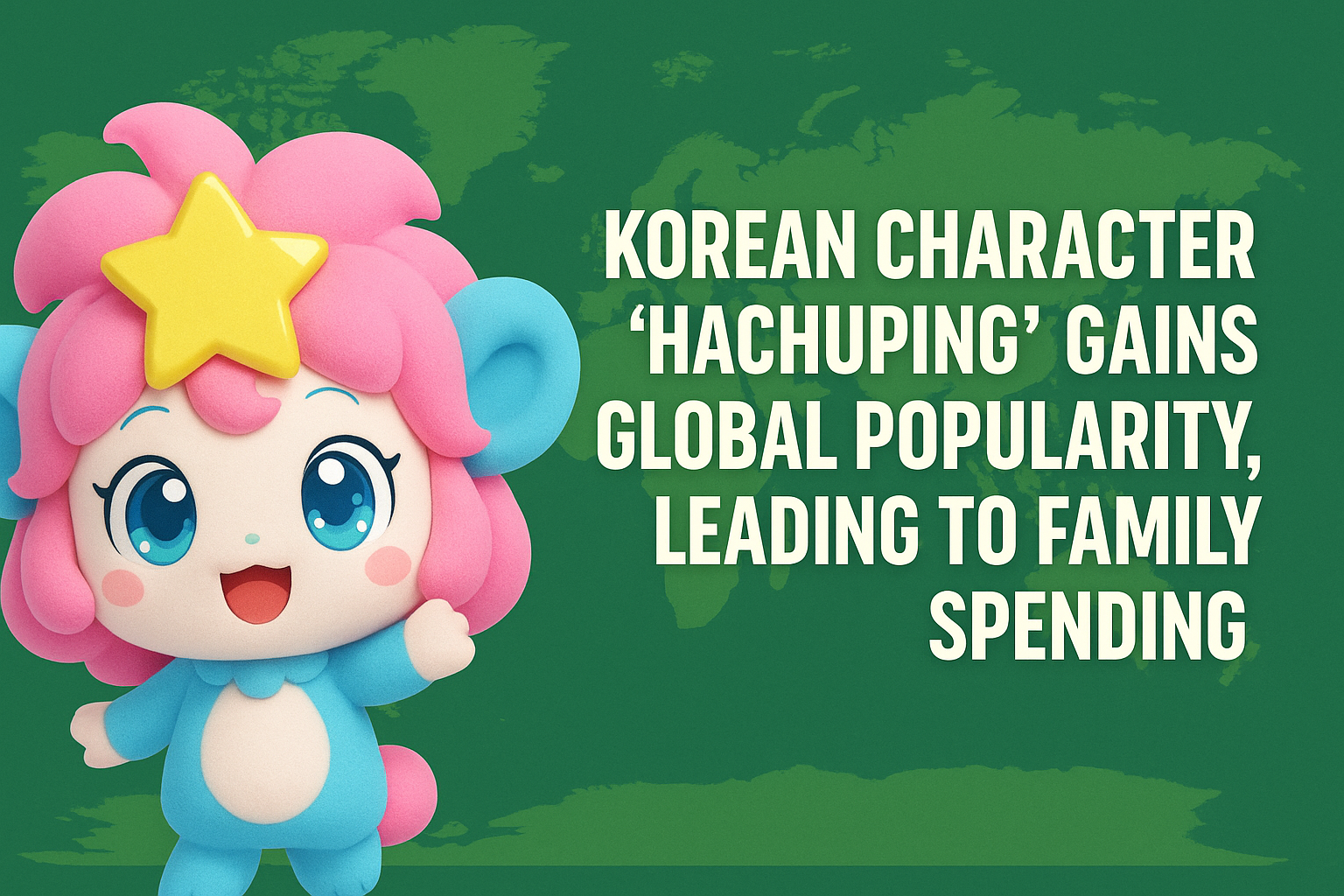
Introduction
Over the past decade, K-Beauty has transcended national borders to become one of the most dynamic forces in the global cosmetics industry. Once regarded as a niche segment defined by sheet masks and BB creams, Korean beauty has evolved into a cultural and economic powerhouse — a movement that fuses innovation, technology, and aesthetics. From the streets of Seoul to shelves in Paris, Los Angeles, and Dubai, Korean products now symbolize precision, creativity, and emotional storytelling.
The global fascination with K-Beauty can be traced to a broader transformation in consumer behavior: the rise of wellness-oriented lifestyles, clean formulations, and authenticity in branding. Korean brands captured this wave early, positioning themselves not merely as cosmetic producers but as pioneers of skin science and emotional beauty. Today, K-Beauty exports exceed USD 10 billion annually, reaching more than 130 countries — and that number continues to grow.



The Five Pillars of Global Success
① Scientific Innovation and Product Technology
At the heart of K-Beauty’s success lies research-driven development. Unlike traditional cosmetics that emphasize luxury packaging or celebrity endorsement, Korean companies invest heavily in R&D-based functional cosmetics — products validated through dermatological testing, biotechnology, and ingredient science.
The integration of derma-cosmetics (where skincare meets medical science) and microbiome research has positioned Korean laboratories at the frontier of skin barrier repair, anti-aging peptides, and personalized formulations. Brands such as Dr. Jart+, Sulwhasoo, and Mediheal pioneered this intersection of science and sensibility, reshaping how consumers perceive skincare efficacy.
② Agility and Speed of Trend Adaptation
The Korean market is one of the most competitive in the world, where product cycles last mere months rather than years. This rapid innovation ecosystem — known locally as “ppalli-ppalli” culture — allows brands to test, refine, and re-launch new items at unmatched speed.
Korean startups quickly convert social-media feedback into new launches, creating a real-time innovation loop. This agility, combined with Korea’s digitally connected retail environment (e.g., Olive Young, Naver Smart Store), makes K-Beauty an adaptive organism that responds instantly to consumer desires.
③ Cultural Power: The Hallyu Effect
The global spread of Korean pop culture — from K-dramas and K-pop to influencers on YouTube and TikTok — has served as a powerful emotional engine for K-Beauty. When audiences watch a drama star or idol showcase glass-skin radiance, that visual becomes a global aspiration.
Unlike Western beauty campaigns centered on individuality or sensuality, K-Beauty promotes a collective aesthetic ideal — purity, clarity, and self-care as lifestyle. This alignment with wellness and subtlety resonates strongly in markets from Southeast Asia to Europe, where consumers are increasingly drawn to “gentle yet effective” formulations.
④ Affordability and Quality Balance
K-Beauty’s global adoption owes much to its balance between premium formulation and accessible pricing. By leveraging advanced OEM/ODM manufacturing clusters in regions like Osong and Pangyo, Korean brands deliver high-grade formulations without the luxury markup.
This model disrupted legacy Western brands that often equated price with prestige. Instead, Korean companies proved that science, design, and performance could coexist within a democratic price range — an ethos perfectly suited for millennials and Gen Z consumers.
⑤ Digital Influence and Global Distribution Networks
K-Beauty’s globalization was accelerated by e-commerce and cross-border logistics. Korean brands embraced digital marketing early, partnering with platforms such as Amazon, Shopee, Lazada, and Sephora to build hybrid online-offline ecosystems. Influencers, aesthetic clinics, and even dermatologists on social media now act as brand educators, generating organic reach that transcends traditional advertising.
As a result, K-Beauty has become not just a trend but a content economy, where storytelling, skincare routines, and viral moments sustain market momentum.

The New Wave: Trends Redefining K-Beauty (2024–2025)
① Clean, Vegan, and Sustainable Beauty
Global consumers are moving beyond performance toward ethics. K-Beauty’s next frontier lies in clean formulations and green packaging. Major brands like Innisfree, Amorepacific, and Aromatica now emphasize vegan certification, carbon-neutral factories, and biodegradable materials. “Transparency” is the new currency — ingredient lists are openly disclosed, and brands highlight sourcing integrity to build trust with eco-aware customers.
② Beauty Tech: AI-Driven Personalization
From AI skin analyzers to DNA-based skincare subscriptions, Korea’s beauty sector is rapidly evolving into BeautyTech. Startups like Lululab and NEO Derm use machine learning to map moisture, elasticity, and pigmentation in real time, generating personalized product recommendations. This fusion of data and skincare exemplifies the fourth industrial revolution in cosmetics — where self-diagnosis meets self-expression.
③ The Rise of K-Medical Beauty
The boundary between skincare and clinical treatment is blurring. Korea’s globally renowned aesthetic-clinic infrastructure has become a launchpad for hybrid models linking skincare brands with dermatology. “Derma Bridge” systems — where products are co-developed by doctors and sold via clinics — are now a major export category. Countries such as Vietnam, Thailand, and the UAE are seeing rapid franchise expansion of Korean medical-beauty clinics.
④ Gender-Neutral and Men’s Beauty
A paradigm shift is underway as male grooming becomes mainstream. Korean celebrities normalized skincare for men, and brands responded with minimalist yet sophisticated product lines. The genderless-beauty movement promotes individuality, inclusivity, and mental wellness — values aligned with global Gen Z identity trends.
⑤ Localized Globalization (“Glocal” Strategy)
Rather than exporting identical products, Korean brands increasingly customize lines for regional climates, skin tones, and cultural aesthetics. For example, Laneige reformulated moisturizers for the Middle East’s arid climate, while Etude adjusted color palettes for Southeast Asian undertones. This glocal approach sustains relevance in diversified markets and deepens brand loyalty.


Challenges and Competitive Landscape
Despite its dominance, K-Beauty faces growing headwinds.
- Market Saturation: Hundreds of small brands compete domestically, diluting identity and driving price wars.
- OEM Dependency: Many labels rely on shared manufacturing lines, limiting originality and creating “clone products.”
- Western Retaliation: Global conglomerates like L’Oréal and Estée Lauder are adapting “Asianized” product lines to reclaim market share.
- Inflation Pressure: Rising raw-material and logistics costs post-pandemic challenge the traditional value proposition.
- Cultural Fatigue: As K-trends saturate global media, the novelty of “K-Beauty” risks fading unless renewed through innovation and authenticity.
However, Korean firms are responding strategically — merging with biotech startups, investing in AI labs, and collaborating with fashion and wellness sectors to redefine beauty as a lifestyle ecosystem.

Conclusion — The Future of Beauty Innovation from Korea
K-Beauty’s story is far more than a tale of cosmetics; it represents the globalization of creativity through science and culture. Its journey from Seoul’s small skincare boutiques to the global stage demonstrates Korea’s unique ability to merge precision with emotional intelligence.
As the industry moves toward sustainability, personalization, and technological fusion, Korea is poised to remain a vanguard of the beauty world.
The next phase — K-Beauty 2.0 — will focus less on exporting products and more on exporting philosophy: balanced skin, mindful living, and the harmony of inner and outer wellness. Whether through AI-driven serums or eco-conscious skincare rituals, the message is clear — the future of global beauty innovation will continue to speak Korean.
